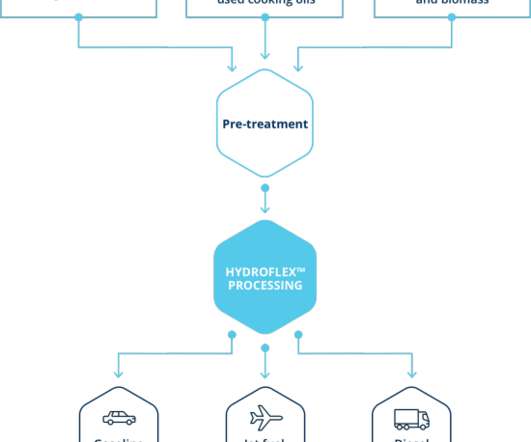New study finds GHG emissions from palm oil production significantly underestimated; palm oil biofuels could be more climate-damaging than oil sands fuels
Green Car Congress
APRIL 27, 2012
When peat swamps are drained for agriculture, the peat begins to decompose, and is an enormous source of carbon emissions. Mha (20%) of the peatlands of Peninsular Malaysia, Sumatra and Borneo in 2010, surpassing the area of Belgium and causing an annual carbon emission from peat decomposition of 230–310 Mt CO 2 e.







































Let's personalize your content